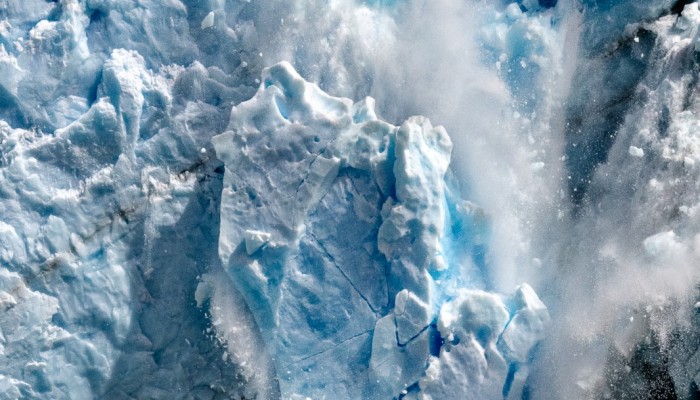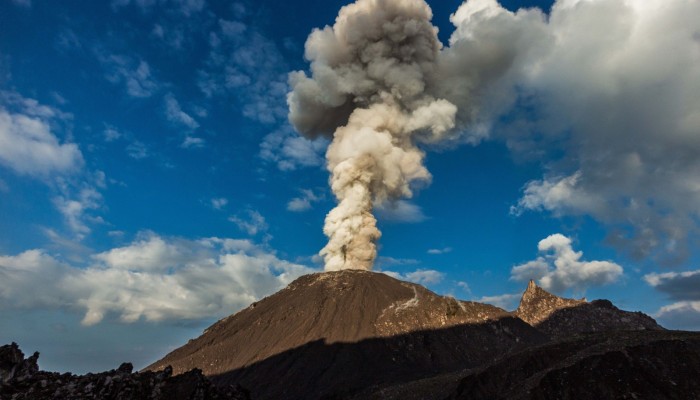A huge ice fall off the Perito Moreno glacier in the Los Glaciares National Park, southwest Santa Cruz Province, Argentina, was voted one of the three best pictures entered into the EGU’s annual photo contest, by the conference participants at the 2015 General Assembly. Perito Moreno glacier is one of 48 glaciers feeding into the Southern Patagonia ice field, which combined with the Northern Patag ...[Read More]
Imaggeo on Mondays: Late Holocene Fever



